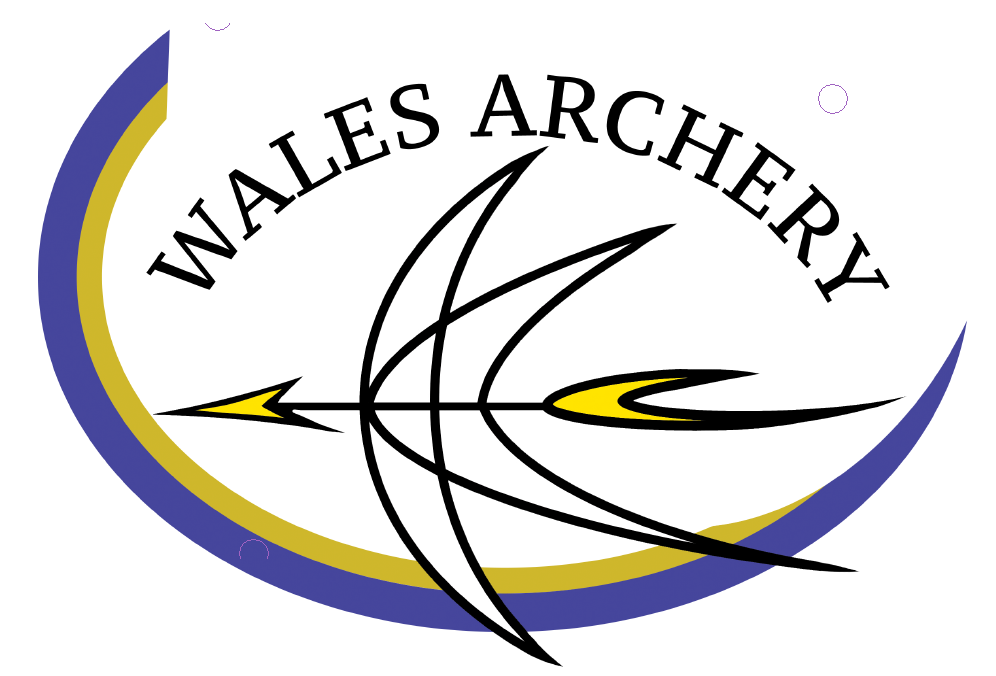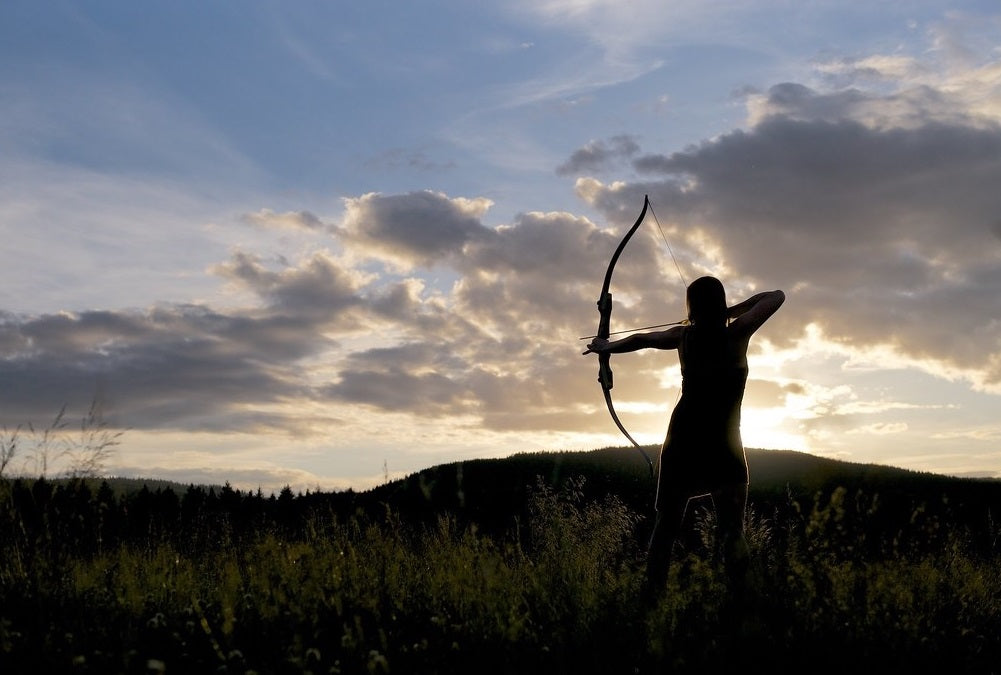I have been working at Wales Archery for just over two years now and I am surprised at how many people have bought the wrong spine arrows either online or from elsewhere, so today I thought we could go through arrow selection the importance of it and the right way to do it.
Correct Arrow Length
This is the very first step in the process and is also a very important one to get correct especially for new archers. The first thing we need to look at is does the archer have correct posture and a consistent anchor point, this is very important as if either of these change the draw length will change. Sometimes we need to spend some time with the archer especially new archers to make sure these things are all being done correctly.
Bare Shaft Tuning
The next step and the most important process is how we select the correct spine for the shaft, we use the Easton arrow selection chart as a starting point to pick the shaft for recurve archers as 90% of people do not follow the chart. The reason behind why the chart is only a starting point for recurve but the chart is law for a compound is complicated but i will leave an explanation at the bottom of the post.
We are now at the stage where we have looked at the chart seen what it suggests we then use our knowledge and experience to pick a starting shaft, this depends on many factors such as the quality of the equipment, the setup of the bow, the shooting style of the archer and the archers technique all of which influence how the bare shaft leaves the string and ends up on the target.
Now we are ready to let loose the bare shaft down range and see how they perform, what this does is show us how the shaft wants to behave without any fletchings on it. If the nock on the arrow is on the right and the arrow is going in at an angle that is showing the shaft is to stiff, on the flip side if the nock on the arrow is to the left it is showing to weak.This is all based on the archer being right handed, if the archer is left handed then the results will be the opposite way around.

Stiff arrow
The stiff spine does not allow the arrow to flex enough and does not bend around the riser as needed resulting in bad arrow flight.

Weak arrow
The weak spine causes the arrow to flex to much that can result in bad arrow flight and the arrow contacting the riser.
Now that we have the arrow in the boss if the arrow is to stiff we want to go down a spine weaker and if the arrow is to weak we want to go up a spine. The end result we are looking for is a bare-shaft that ends up in the boss nice and straight.

Compound VS Recurve
Now lets talk about how we can go straight from the chart on compound but we can't for recurve. The first thing that we need to establish is that on a compound most people will be shooting with a release aid, the benefit to that is that the string leaves the release aid the same every single time and without any interference. Now when you compare that to a recurve where your fingers are constantly on the string and can get in the way you can see why that would effect it.
Speed is the next topic, on a compound the draw weight, draw length and the cam all add up to make the bow shoot at a certain speed in feet per second and knowing that the bow will always produce that speed allows the chart to be spot on. With a recurve bow the following things could all alter the speed at which the arrow flies, bracing height, string strand count, tiller, the archers loose, the quality of the equipment all of these are variables that the chart cannot take into account.


